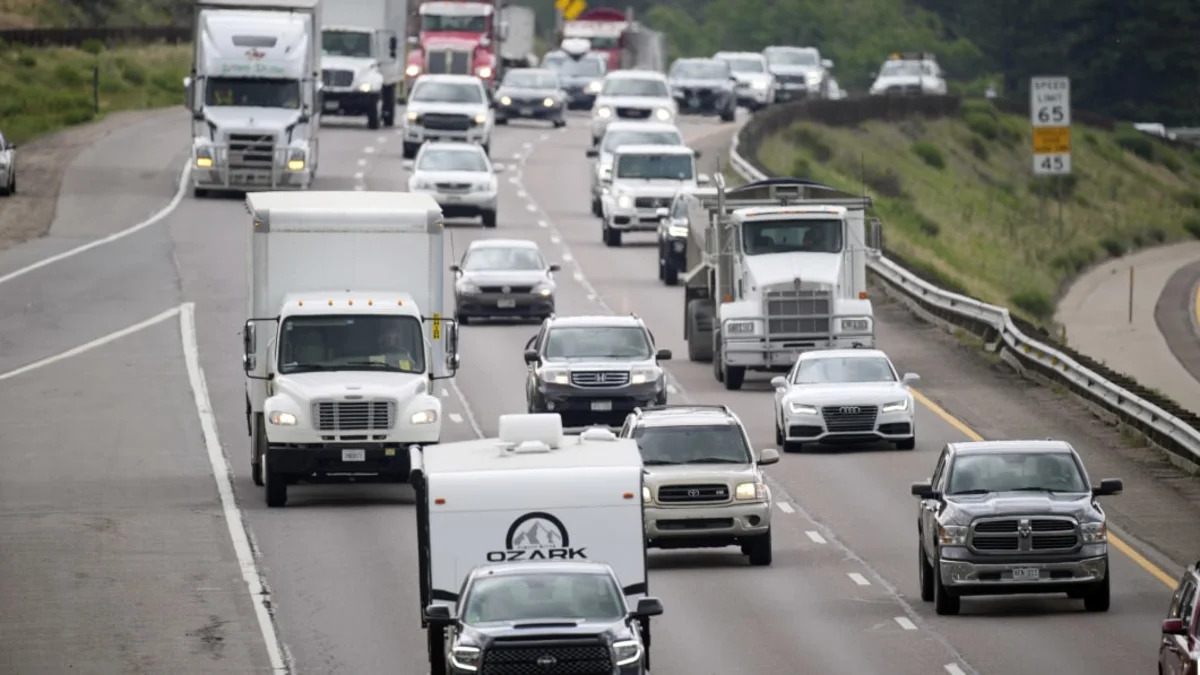One day, the best way to charge an EV on a cross-country drive could be to get in the vehicle and make the cross-country drive. That future depends on successfully incorporating wireless charging infrastructure into highways, the state of Indiana being the latest to make the attempt. The Indiana Department of Transportation (INDOT) and Purdue University have signed up to the ASPIRE Initiative, the acronym standing for Advancing Sustainability through Power Infrastructure for Road Electrification. Funded by the National Science Foundation, the consortium of government, university, and business is devoted to working up new charging technologies for battery-electric vehicles. In this case, INDOT and Purdue are working with German firm Magment, which makes magnetized cement called magment (small "m"). The three-phase project will test whether Magment's product is capable of charging moving vehicles at greater than 200 kilowatts.
We don't know much about the product, but Magment's site says the concrete medium filled with magnetic particles has "record-breaking wireless transmission efficiency ... up to 95%," "standard road-building installation costs," enables universal charging, is all-weather, has a high thermal conductivity, and is vandalism-proof. The first two phases of the experiment will have Purdue's Joint Transportation Research Program conducting testing, analysis, and optimization research on the special cement in the lab to verify its usability. The testing is meant to begin sometime before the end of summer.
If those phases show promise, INDOT will build a quarter-mile stretch of magment highway at an undisclosed location for real-world testing on heavy trucks at 200 kilowatts and above. And if that's successful, INDOT will build another section of magment highway, this time on one of the state's public roads.
INDOT, Purdue, and Aspire aren't the only boffins toiling over hot concrete. Outfits like IPT Prime in Germany, U.S. universities Stanford and Cornell, and other groups in places like California, Sweden and Israel are all trying to get roads to refill batteries, an effort that began at least 20 years ago. Making EV charging as easy as driving one's EV would certainly help battery-electric vehicle adoption. The price tag for replacing and powering huge chunk of a country's road system might be a little steep, though.
Related Video


Sign in to post
Please sign in to leave a comment.
Continue